Art island in Osaka

Located between the two downtown areas of central Osaka - Umeda and Namba in the north and south respectively - Nakanoshima is an island sandwiched between the Dojima River and the Tosabori River. The compact island is approximately three kilometers long and 300 meters wide, but it still packs a punch and contains museums, contemporary architecture and nature.
Nakanoshima can be considered to be an art and culture island as it contains numerous museums like the Nakanoshima Art Museum, Osaka Science Museum, the National Museum of Art, Osaka, multiple libraries and important cultural properties like the Osaka City Central Public Hall and the Osaka Prefectural Nakanoshima Library. Additionally, the eastern side of the island is home to Nakanoshima Park, Osaka City's first public park established in 1891, which occupies approximately one fifth of the island.
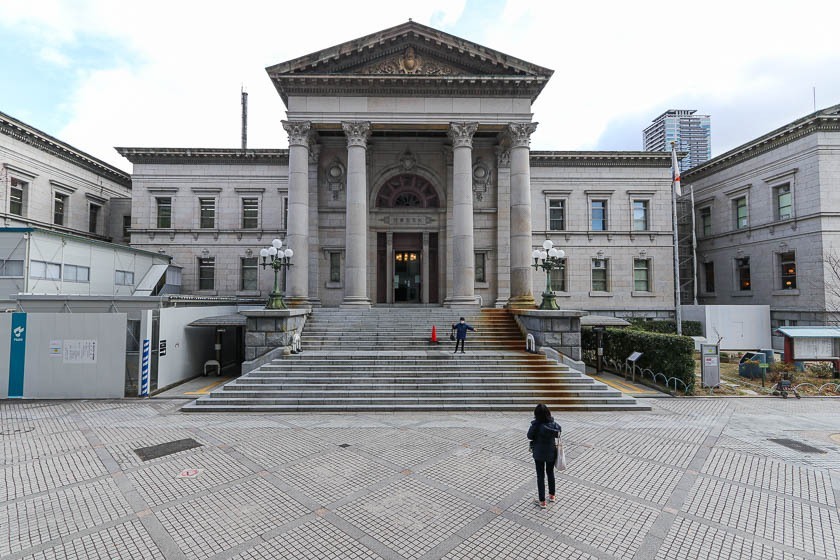

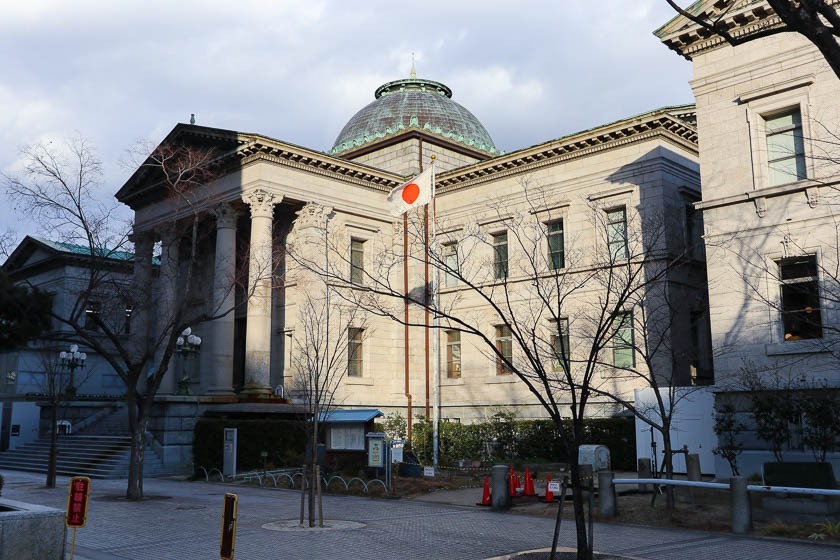
For this installment of Chotto Zeitaku, I spent a day checking out Nakanoshima as well as the chic neighbourhood of Kitahama just across the Tosabori River in the south.
I found Nakanoshima to be extremely pedestrian and cyclist friendly with spacious pathways on the island and relatively few cars. My tour of Nakanoshima started at Nakanoshima Park at the eastern end, which features a rose garden, large lawns and a fountain. It was a shame that the roses were not in bloom when I was there, but it was nevertheless still a relaxing stroll under the warm winter sun.
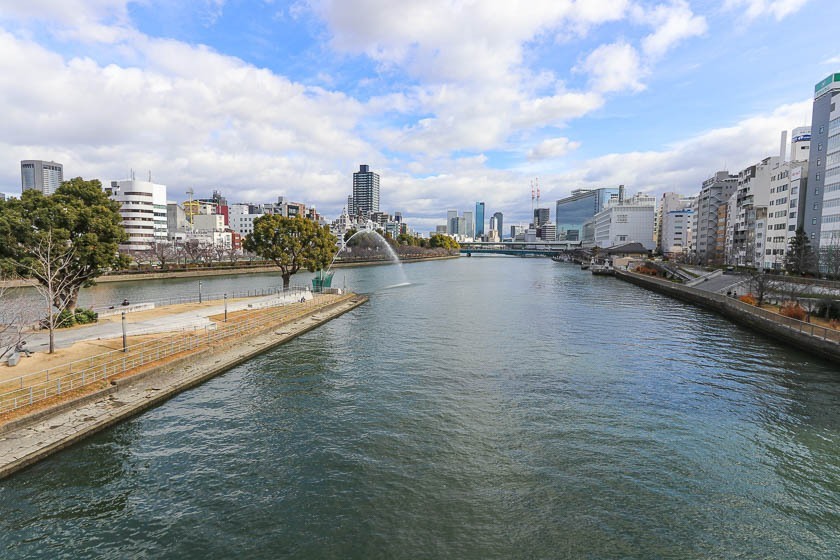
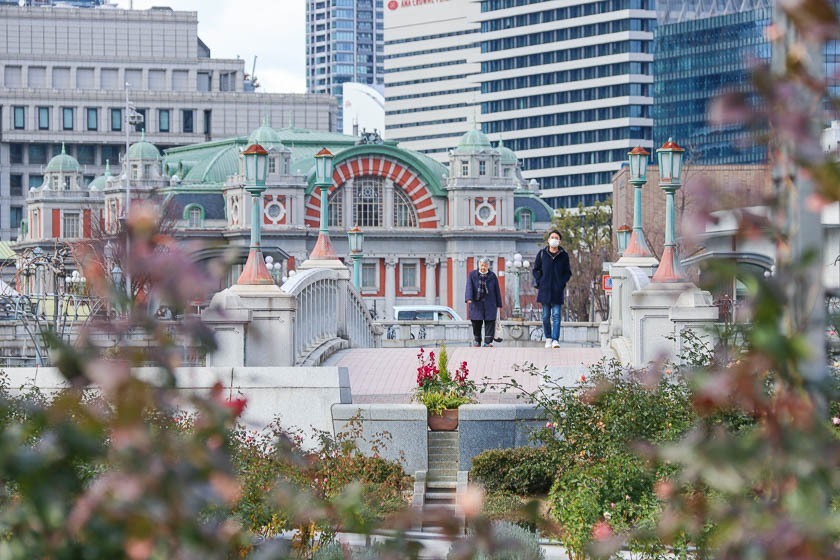
The Nakanoshima Children's Book Forest, a new library designed by celebrated architect Ando Tadao, is located in the park area. The library is Ando's way of giving back to society in hopes that a forest (library) of books will inspire the next generation to dream big and chase their aspirations. Also in the area is one of the most iconic symbols of Nakanoshima and an important cultural property, the Osaka City Central Public Hall, which was completed in 1918. If the brick facade looks familiar, then you might be thinking about the Marunouchi side of the Tokyo Station building which was constructed in 1914. Tatsuno Kingo, a leading architect of his time, had a hand in both projects.


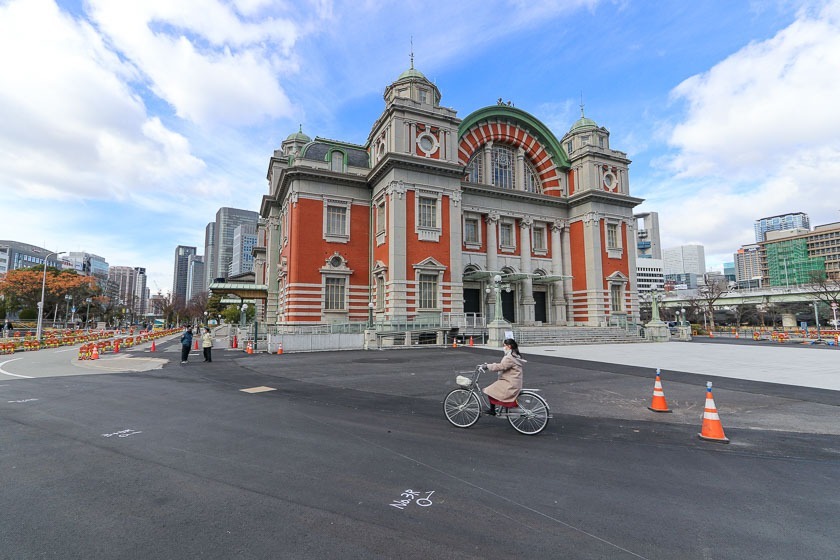
From there, I made my way to the affluent neighbourhood of Kitahama just south of Nakanoshima. Kitahama has been known as one of the financial hubs of Osaka since the feudal period and that reputation was reinforced during the late 19th century, when the Osaka Exchange was established there. A number of heritage buildings from the early 20th century remain to be seen in the Kitahama area, but these days the spotlight is on the chic and trendy cafes with river-facing terrace seats. I went in search of a nice cafe in Kitahama to relax and enjoy the afternoon.
In Kitahama, I spotted an elegant patisserie that had a tagline that read "Patisserie de Samourai". It seemed to be popular with many people entering, so I just had to follow suit. The handsome building that houses the patisserie is a registered tangible cultural property dating back to 1922, and is designed by the same architect who also did the Osaka Mint Bureau, which is famous for its cherry blossom tunnel in spring. The first floor of the patisserie is the shop, while the second floor is the salon, where one can dine in the stately heritage building.
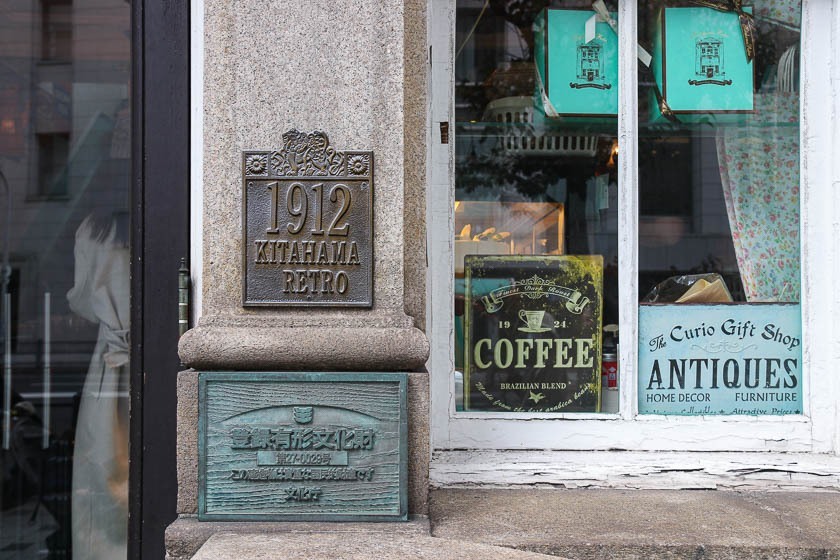


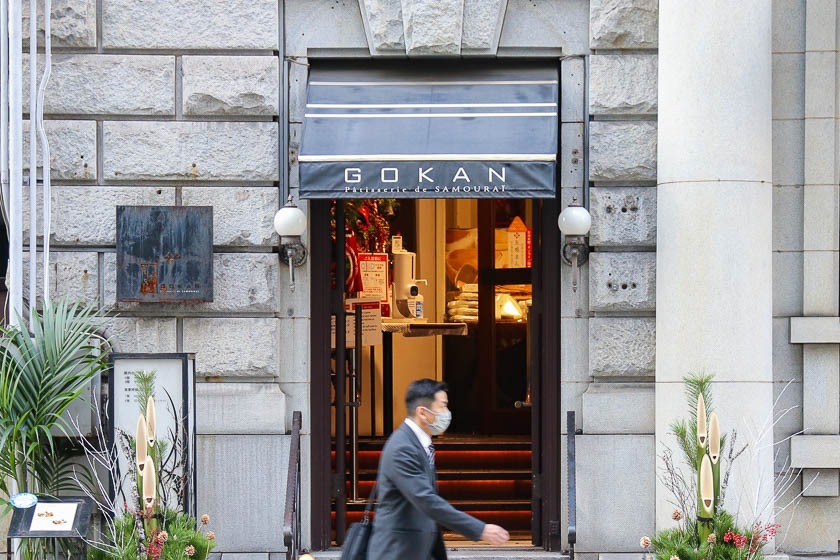

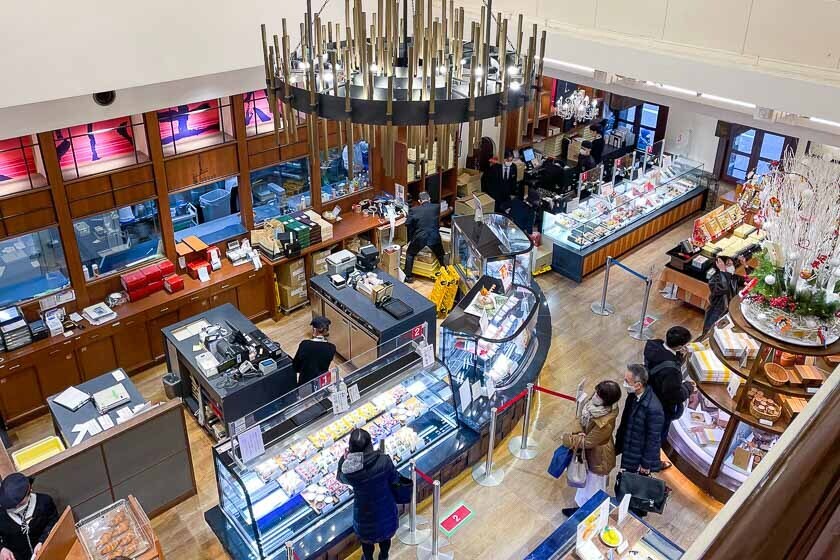
I continued my walk along Tosabori Street, the main street of Kitahama parallel to the river for a while before turning north back to Nakanoshima and on towards the western half of the island where most of the museums are located.

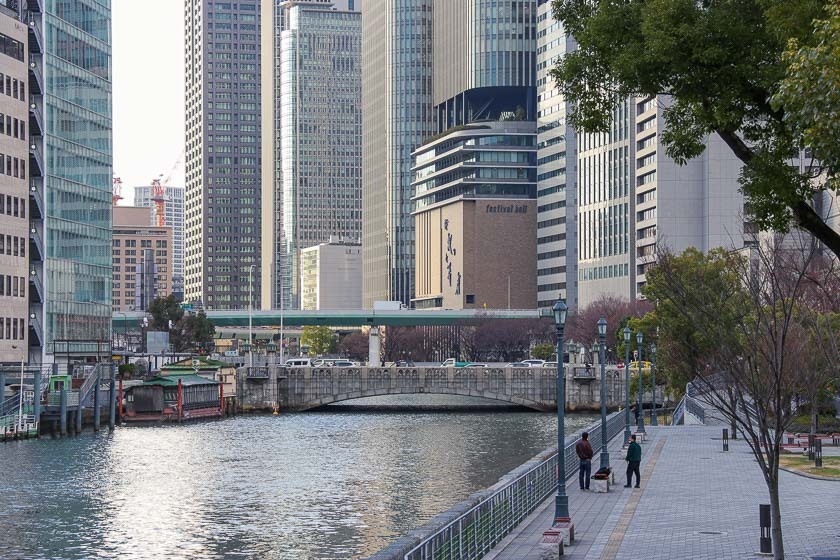
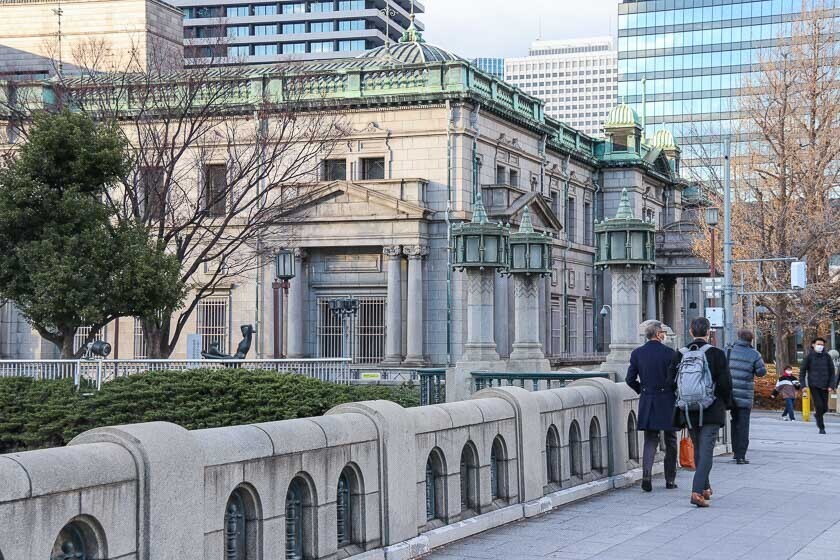
Of interest to me was the Nakanoshima Museum of Art, which opened in February 2022. The black facade museum stood out to me from the other skyscrapers and heritage buildings in the area, but on the inside, a calm oasis with high ceilings and natural light awaited me. Temporary exhibitions are held in the museum, which is dedicated to modern art and design, and shops and a restaurant round up the facilities in the museum building. I had a great time walking in and around the museum.
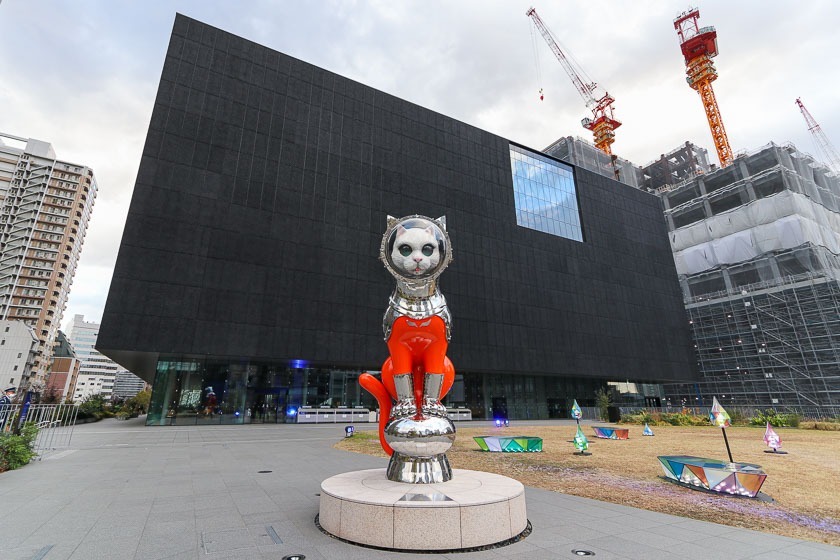
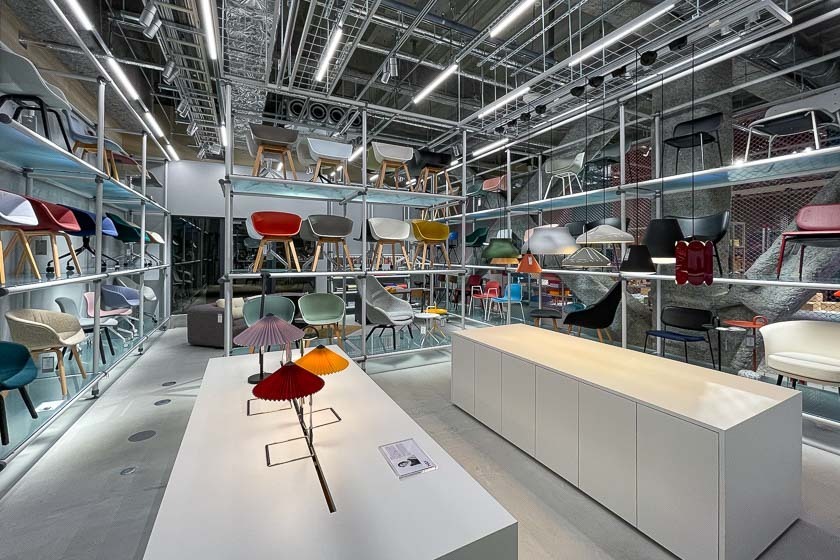
After the museum, I followed the pedestrian path towards the western end of the island. As it started to get dark, I made my way back the center of the island where I had a dinner reservation at Pasania, an okonomiyaki and natural wine restaurant. Okonomiyaki, which literally translates to "as you like it grill", typically contains cabbage and a light flour mixture as its base together with other ingredients of choice. Okonomiyaki is an Osaka staple, and it is local food at its core - simple, basic, customisable and an affordable way to fill the belly.
Pasania has elevated the local grub by serving it with a curated selection of natural wine. Think of it more as a natural wine shop serving okonomiyaki to go with the food, and before coming here, I would not have thought that okonomiyaki paired well with wine. It was a beautiful day out in Nakanoshima and Kitahama, and I learned a lot about the area. There is still more to learn about the streets and history of Kitahama, but that will have to be for another trip.
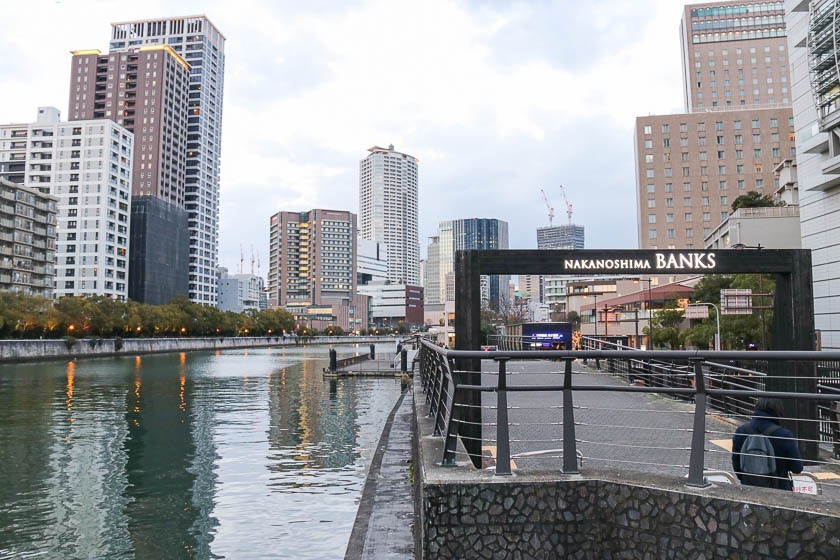
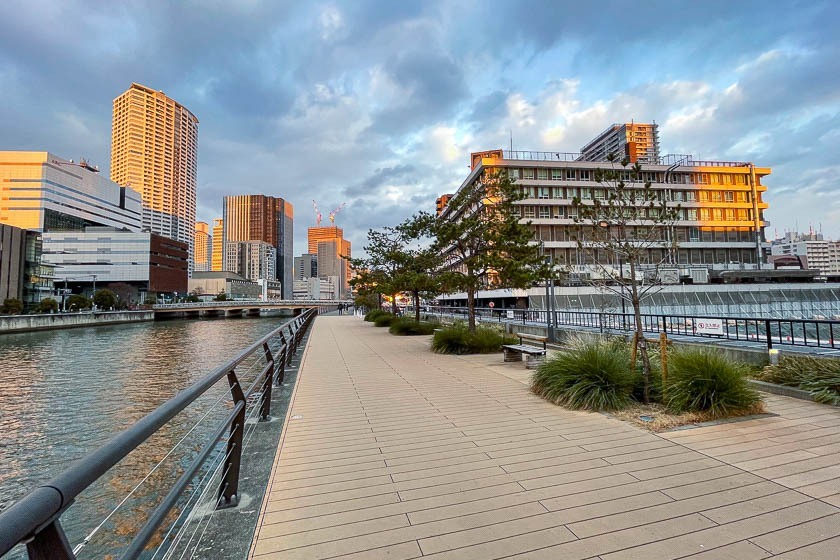
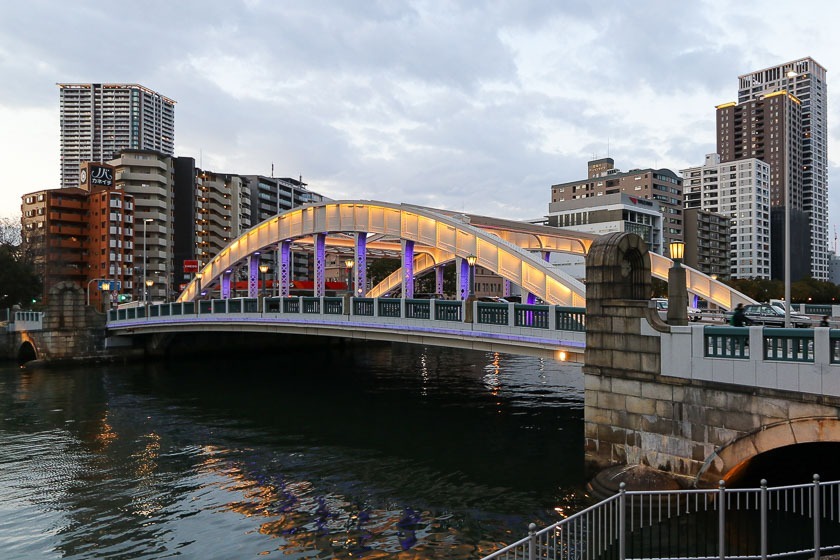
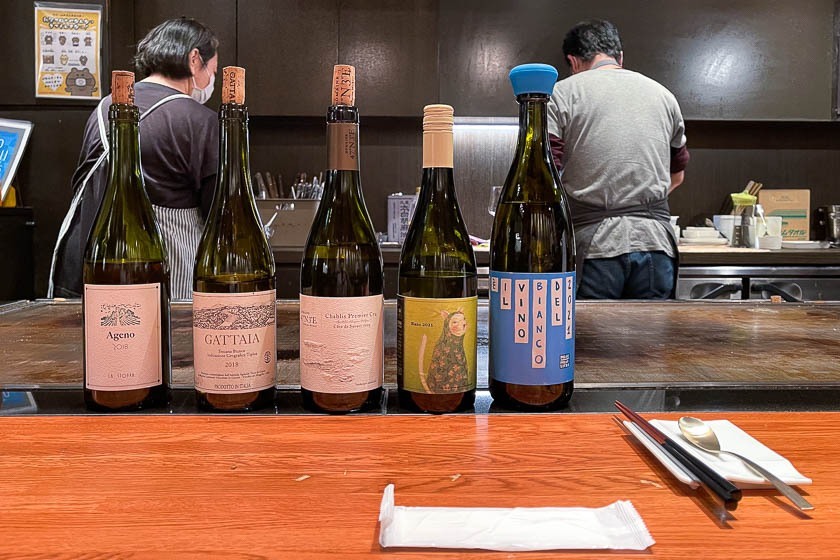
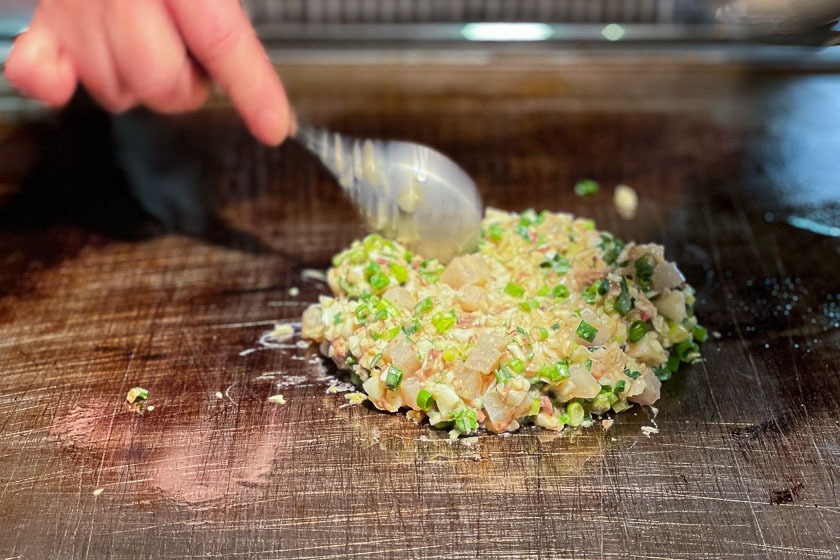
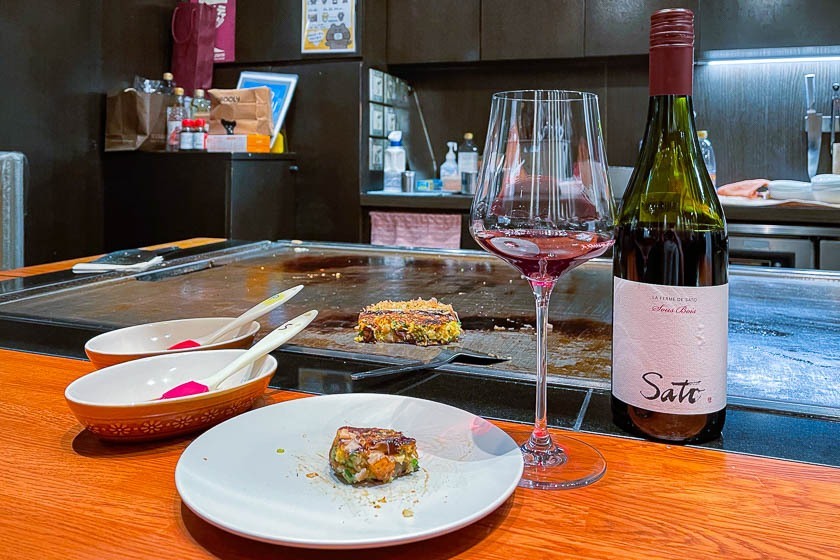
Getting There and Around
Nakanoshima
Nakanoshima is about a 20 minute walk from Osaka Station. The closest train stations to Nakanoshima are Yodoyabashi Station and Higobashi Station, both just less than five minutes on foot from the island. On Nakanoshima, the Keihan Nakanoshima Line spans the length of the island and provides train access from Temmabashi Station.
Kitahama
Kitahama is located south of eastern Nakanoshima across the river. The small neighbourhood is served by Kitahama Station on the Sakaisuji Subway Line and the Keihan Line.





